We have several new renewable development projects underway, including wind farms in Manawatū and Wairarapa, an energy park (battery and solar) in Northland and a solar farm in Canterbury.
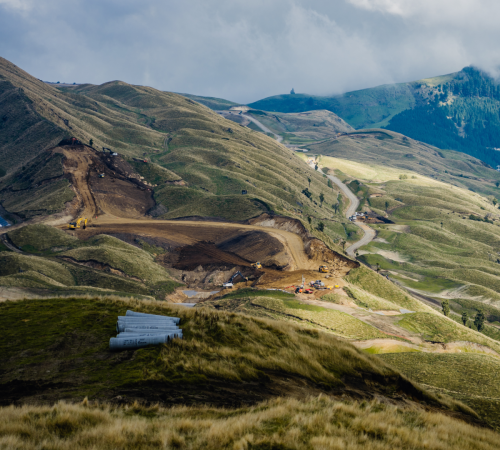
New projects
Enabling electrification
At Meridian we have a pipeline of renewable electricity projects underway to help New Zealand maintain its security of supply and meet its climate change goals.
In 2023 we set ourselves a target of building seven new large-scale renewable generation or storage projects by 2030. We call this our 7x7 goal, and we’re right on track to achieving it.
We currently have a number of new renewable development projects underway, including wind farms in Hawke’s Bay, Wairarapa and Manawatū, an energy park (battery and solar) in Northland and a solar farm northwest of Christchurch.
-
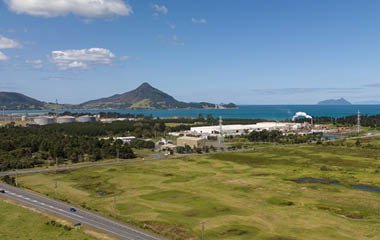
Ruakākā Energy Park
Ruakākā Energy Park is a 100-megawatt battery-storage system, currently under construction, and a proposed 130-megawatt solar farm near Marsden Point in Whangārei.
-
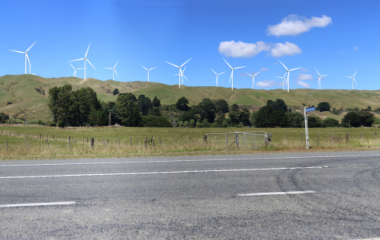
Mt Munro
We’re proposing to build a wind farm at Mt Munro near Eketāhuna in northern Wairarapa. With up to 20 turbines, this could produce enough electricity to power around 42,000 average homes. The Environment Court has granted consent for this project.
-
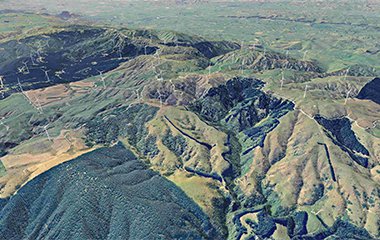
Te Rere Hau
Meridian and NZ Windfarms have formed a 50-50 joint venture to repower and extend the Te Rere Hau wind farm near Palmerston North. This will be New Zealand’s first wind farm repowering project and involve up to 39 new turbines with a total generation capacity of up to 170 megawatts.
-
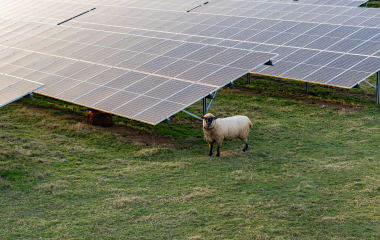
Swannanoa Solar Project
We’re exploring the development of a solar farm at Swannanoa, northwest of Christchurch.
-
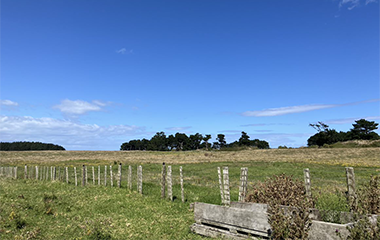
Waiinu Energy Park
We’re considering a site northwest of Whanganui for a potential wind farm, solar energy and battery development that could generate enough clean, renewable energy to power up to 290,000 average homes.
Why we’re developing new capacity
-

To meet new demand
Aotearoa currently produces 43 terawatt hours of electricity each year, but Transpower estimates this will need to increase to 70 terawatt hours by 2052 with the electrification of transport, industrial process heat and other sectors.
Meridian’s Climate Action Plan identifies 5,400 gigawatt hours of future buildable options, all of which will be needed to support its customers to transition from fossil fuels to renewable energy.
-
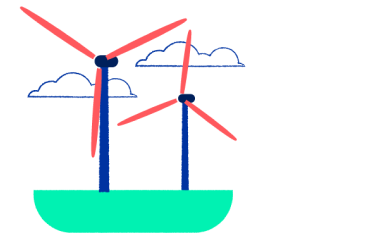
To combat climate change
For Aotearoa to transition to net zero, the equivalent of 20 large wind farms will need to be built in the next 28 years. Meridian’s seven-year target will put the country firmly on track to achieving this.
-
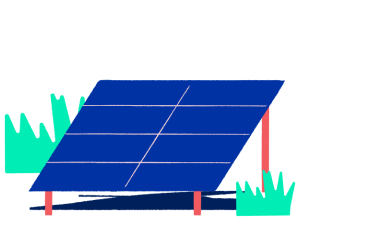
To use our renewable energy advantage
New Zealand is one of few countries in the world that has a natural abundance of renewable energy. It is key that we harness this energy and use it to our advantage when it comes to reducing our reliance on fossil fuels and combating climate change. There is also enormous potential for Aotearoa to create a green economy, with manufacturing and other businesses fuelled by 100% renewable energy – something very few other countries can match.
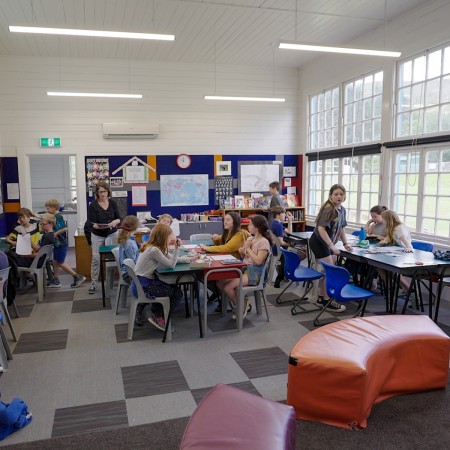
Supporting local communities
Our Power Up Community Fund supports local projects in areas in which we have generation assets. It’s one of the ways in which we recognise the importance of local communities to our operations.
If you’re based near a Meridian power station and have a project you’d like help with, apply now!
-

Is my project eligible?
If you live in a community near one of our generation assets, you can apply for funding. Your application must meet the Power Up Community Fund objectives and selection criteria.
-

Locations
We value the communities that surround our generation assets, and it’s important to us that they feel included as part of our Meridian whānau.
-

Apply for funding
For nearly two decades we’ve been proud to empower community groups to undertake projects through our Power Up Community Fund. And each year we continue to put our support where it’s needed with the help of our local Power Up panels.
Tackling Zero
Tackling Zero is Meridian’s quarterly newsletter for people whose roles or studies are focused on sustainability, or for whom this is an area of interest. Each issue will offer Meridian’s insights into a topical sustainability issue, as well as stories on how we, our customers and supply chain partners are tackling sustainability. It also includes links to recent Meridian disclosures such as new policies and reports.